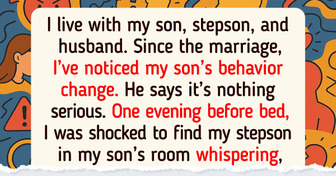wow, surprise...
-
-
Reply
The Ainu, or the Aynu, is an East Asian ethnic group indigenous to Japan. They love bears and they introduced the world to samurai culture. This ethnic group is so ancient, that even the Chinese are relatively young in comparison. And scientists still have no idea where the Ainu came from.
We at Bright Side absolutely adore mysteries, which is why we decided to collect the most impressive facts about the most mysterious people in the world.
What other ethnic groups would you like to learn more about? Tell us in the comment section below!
wow, surprise...











